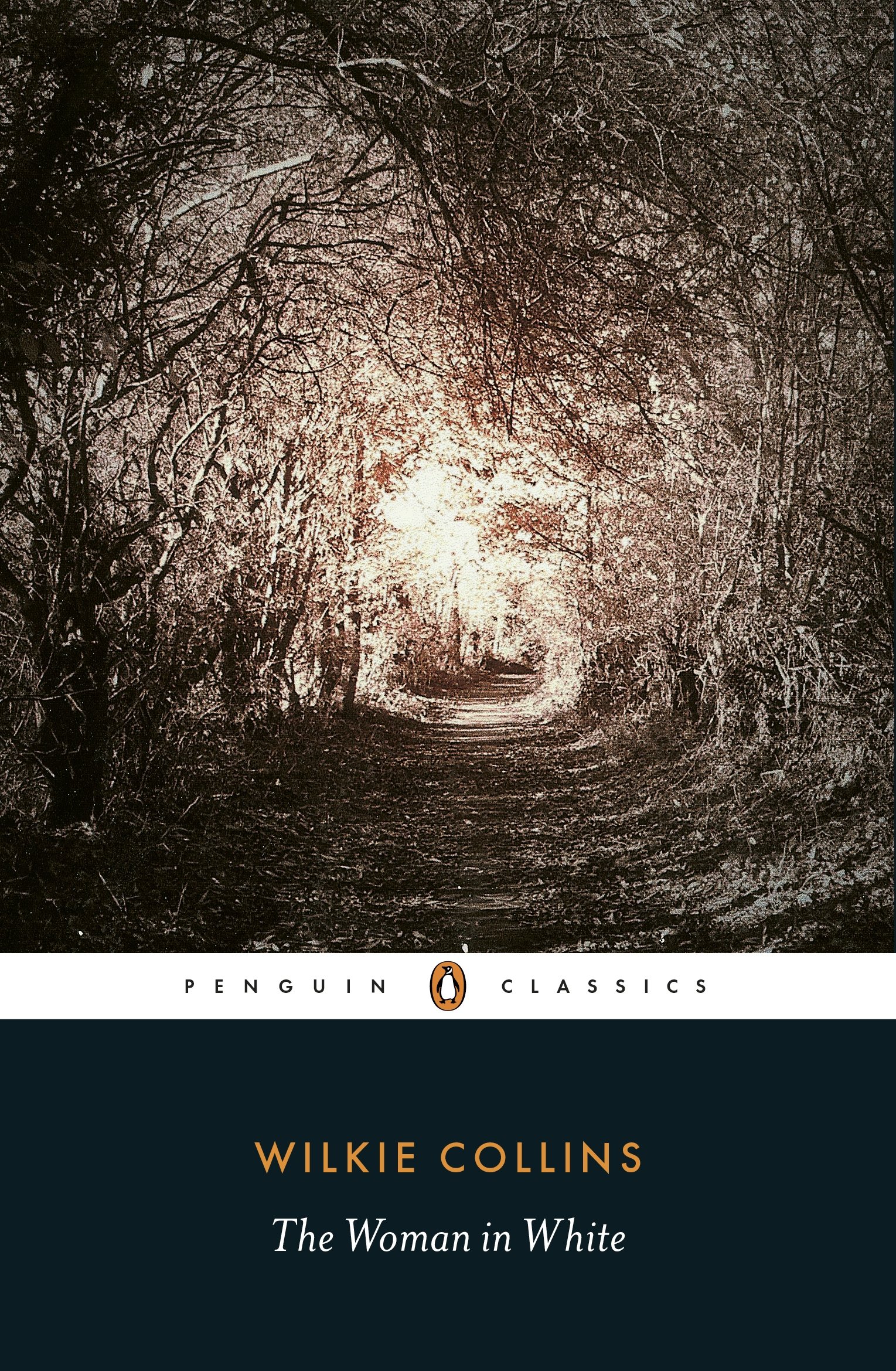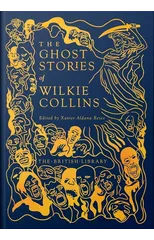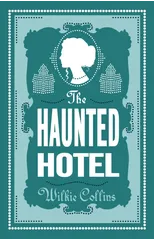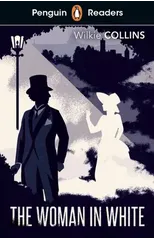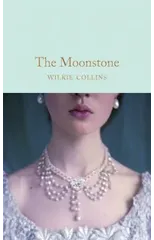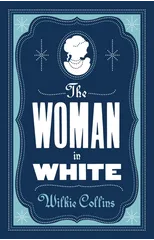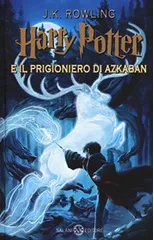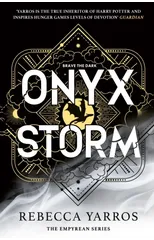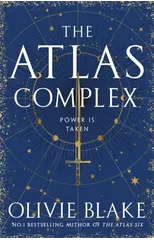The Woman in White famously opens with Walter Hartright's eerie encounter on a moonlit London road. Engaged as a drawing master to the beautiful Laura Fairlie, Walter is drawn into the sinister intrigues of Sir Percival Glyde and his "charming" friend Count Fosco, who has a taste for white mice, vanilla bonbons and poison. Pursuing questions of identity and insanity along the paths and corridors of English country houses and the madhouse, The Woman in White is the first and most influential of the Victorian genre that combined Gothic horror with psychological realism. For more than seventy years, Penguin has been the leading publisher of classic literature in the English-speaking world. With more than 1,700 titles, Penguin Classics represents a global bookshelf of the best works throughout history and across genres and disciplines. Readers trust the series to provide authoritative texts enhanced by introductions and notes by distinguished scholars and contemporary authors, as well as up-to-date translations by award-winning translators.
Wilkie Collins
Wilkie Collins was a prominent English novelist and playwright in the 19th century, known for his innovative detective fiction and sensational novels. His most notable works include "The Woman in White" and "The Moonstone," which are considered classics in the mystery genre. Collins was a pioneer in incorporating elements of suspense, intrigue, and psychological depth into his storytelling, influencing later writers like Arthur Conan Doyle and Agatha Christie. His intricate plots, complex characters, and vivid descriptions continue to captivate readers today, cementing his legacy as a master of Victorian literature.
